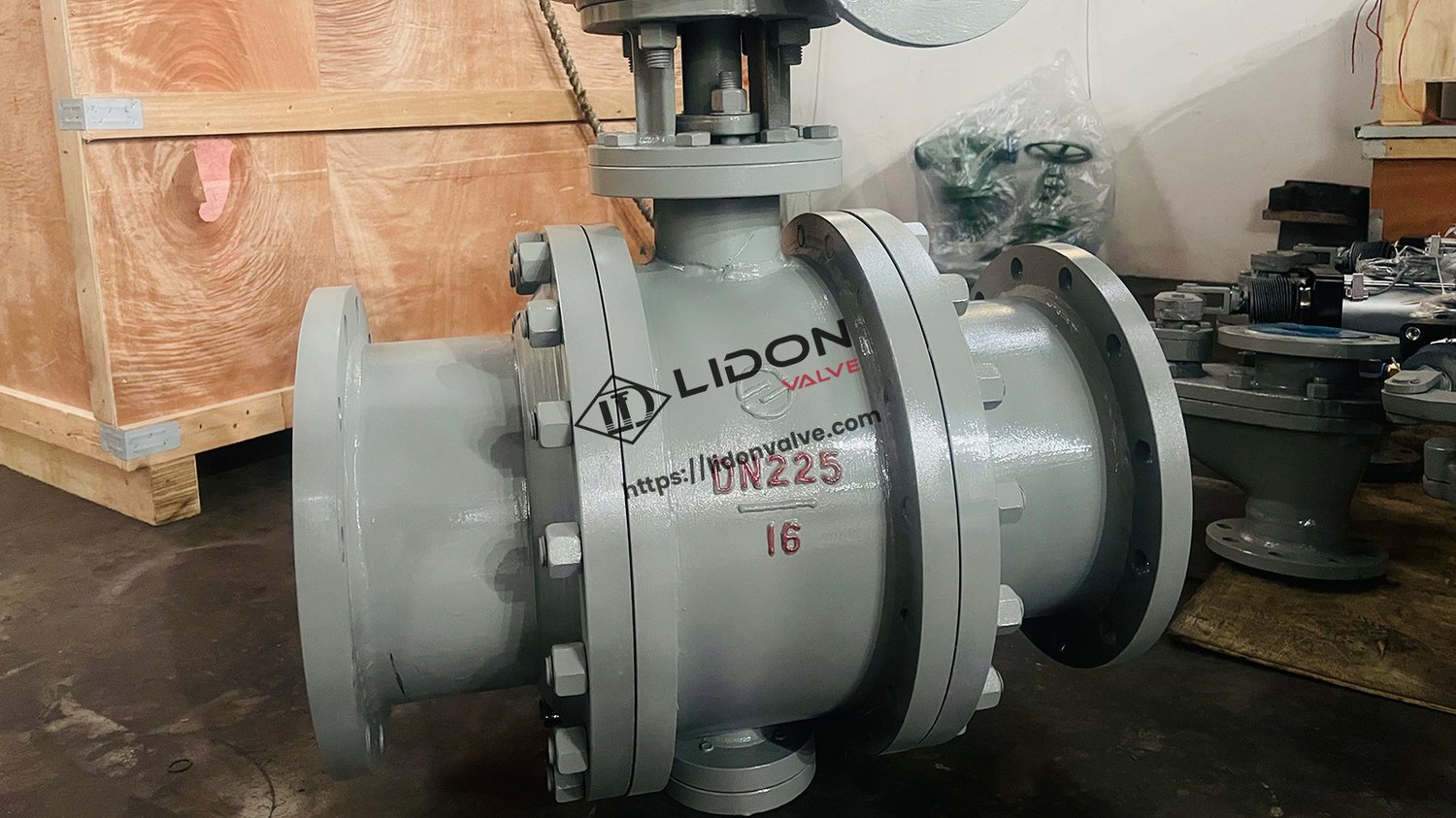A Comprehensive Guide to Understanding the Different Types of Ball Valves
Ball valves are types of valves that are used to control the flow of fluids in pipes. They are designed with a spherical closure unit that allows for a full range of motion, which makes it easy to block or allow flow. Ball valves generally offer better shut-off control in comparison to other types of valves, so they are widely used in various applications.
1. Trunnion Ball Valves
Trunnion-mounted ball valves are types of ball valves that are designed to support the ball and maintain stability while the valve is in operation. They are commonly used in high-pressure applications where the pressure differential between the inlet and outlet is high. Trunnion ball valves are available in two types – full bore and reduced bore.
2. Floating Ball Valves
Floating ball valves are types of ball valves that are designed with a ball that floats around freely in the valve body. The ball is held in place by two seals that sit on the valve body. The seals clamp down on the ball to create a tight seal, which helps to prevent leaks. Floating ball valves are suitable for low to medium pressure applications.
3. Top Entry Ball Valves
Top entry ball valves are types of ball valves that are designed with a removable bonnet that allows for easy access to the valve internals. This feature makes maintenance and repair more straightforward. Top entry ball valves are mainly used in high-pressure and high-temperature applications.
4. One-Piece Ball Valves
As the name suggests, one-piece ball valves are types of ball valves that are designed with the body and the end connection as one piece. One-piece ball valves are typically smaller in size, making them ideal for use in small-diameter pipes. They are also less expensive when compared to other types of valve designs.
5. Two-Piece Ball Valves
Two-piece ball valves are types of ball valves that are designed with two separate pieces that are bolted together. They are commonly used in low-pressure applications and are easy to repair, making them ideal for places where maintenance is challenging.
6. Three-Piece Ball Valves
Three-piece ball valves are types of ball valves that are designed with three separate pieces that are bolted together. This design allows for easy removal of the valve body without having to remove the valve from the pipeline. Three-piece ball valves are ideal for applications where regular maintenance is required.
7. Fully Welded Ball Valves
Fully welded ball valves are types of ball valves where the body and end connections are fully welded together. This design makes them ideal for use in applications where there is a high risk of leaks, such as in gas pipelines. They also have a more robust construction compared to other types of ball valves.
8. Cavity Filled Ball Valves
Cavity-filled ball valves are types of ball valves that are designed with a void or cavity that is filled with a substance, such as grease. This design helps to prevent the build-up of debris around the ball, which can lead to leaks. Cavity-filled ball valves are commonly used in the pharmaceutical and food industries, where cleanliness is critical.
9. V-Port Ball Valves
V-port ball valves are types of ball valves that are designed with a V-shaped ball. The V-shaped ball allows the valve to regulate flow more precisely than other types of ball valves. These valves are commonly used in industries where flow control is critical, such as chemical and petrochemical industries.
10. Cryogenic Ball Valves
Cryogenic ball valves are types of ball valves that are designed to operate under extremely low temperatures. The valves are designed with materials that can withstand the cold, and the valve design ensures that the ball can still move freely even when subjected to very low temperatures. Cryogenic ball valves are commonly used in industries such as medical and scientific research, where low temperatures are required.

